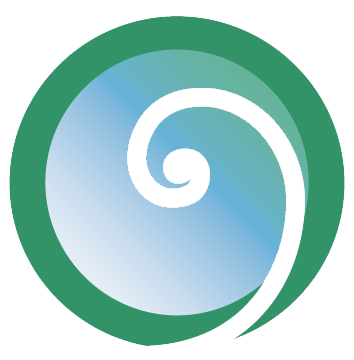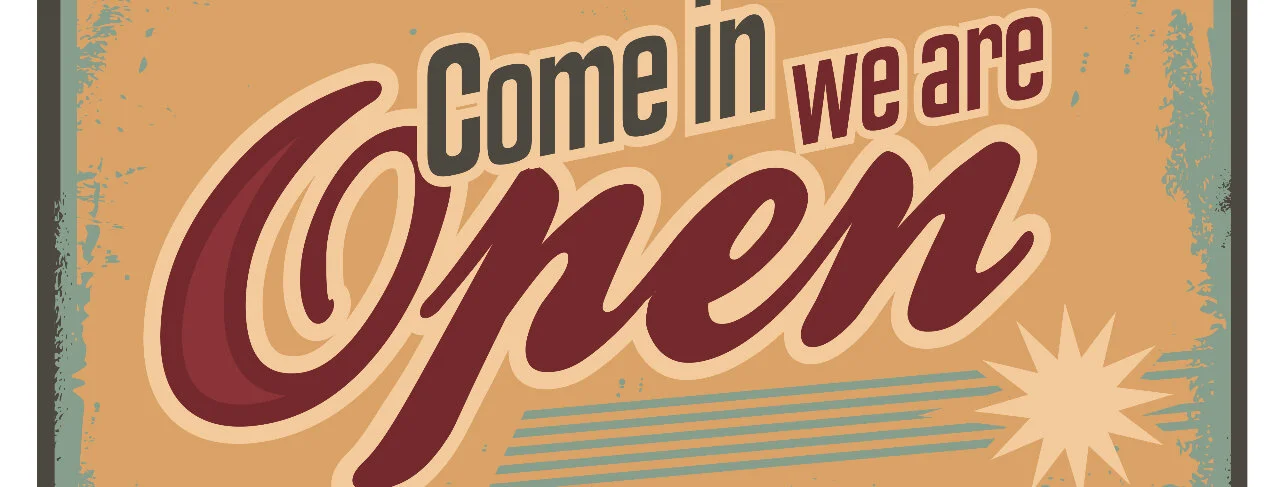F. M. Alexander and the Buddha both came to understand is that there is no need to lean into the future, or make a big project out of meditating or moving. We don’t need to grasp each moment and squeeze out its essence. We can ease up.
Includes a Bodymind Experiment.


















